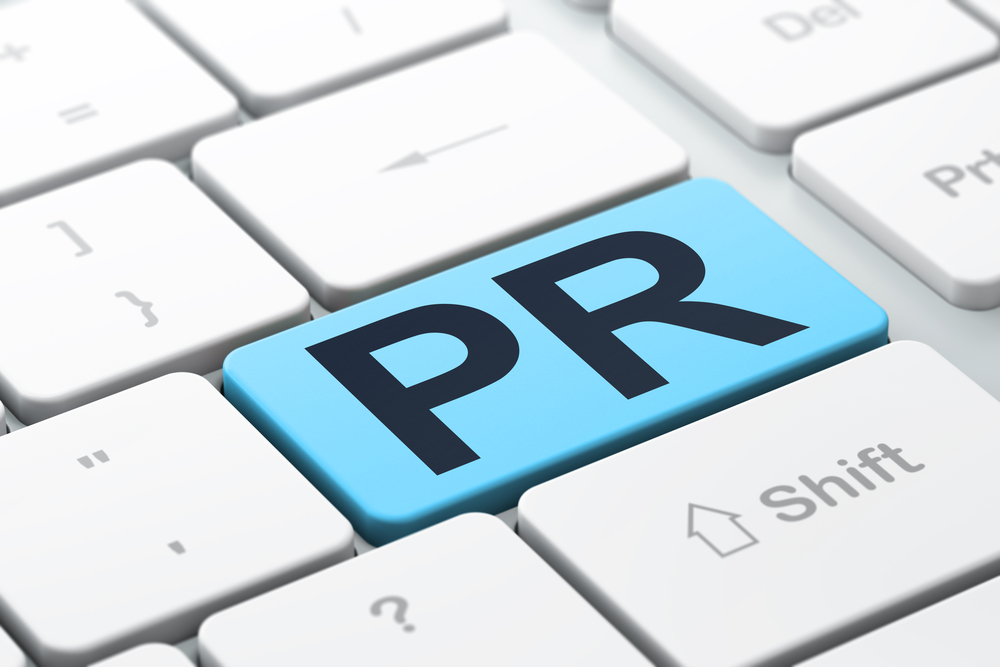The practice of public relations has probably evolved more rapidly in the past several years than ever before. The core skills we need as PR professionals have also changed. While traditionally PR work consisted of press releases, pitching, and occasional damage control, today’s PR teams must have a diverse digital skill set, including SEO strategy, social media savvy, data analysis and more. Other skills and attributes are more timeless. Here’s what’s most important to staying ahead of the game for PR teams today.
Strategic thinking
A successful PR campaign requires a well-planned strategy. This isn’t new, but today there are more digital distractions in the form of tools, tactics and platforms. It’s easy to be diverted by the latest shiny object. Yet the inception of any program needs to be guided by strategy. To get there, PR teams must have a deep understanding of business objectives, the target audience for the brand or message, and the best ways to reach them. This requires a combination of creative thinking, analytical skills, and the ability to develop and execute against plan.
A talent for spotting trends
A sense of what’s emerging and what might be yesterday’s news is an attribute that’s hard to quantify, but few things are as important in PR. We thrive on identifying opportunities – for positioning, for media coverage or for competitive advantage. At the highest level, some people call it “pattern recognition.”
By understanding the latest developments and innovations in a given sector, PR teams can position their organizations and its senior executives as thought leaders in their fields. At a more tactical level, capitalizing on trends or relevant news angles is great for securing quick, reactive press hits.
Digital and social media proficiency
This one’s a given. A strong understanding of digital and social media platforms is a must. In fact, 93% of PR professionals follow journalists on Twitter. We need to be able to use social media platforms to reach and engage curated audiences, as well as measure the success of our campaigns. This includes familiarity with social media management, content creation, and influencer marketing.
Social media has also become a significant driver for news, business operations, sales cycles and marketing. Building a positive public image now also means understanding how to increase online engagement and identify opportunities for content. The internet and social platforms are key tools for storytelling, brand management and connection.
Constant content creation
In a world where everyone has a voice, we’re both saturated with content and in need of fresh, compelling material that really stands out. PR professionals must craft appealing content that conveys relevant messages that resonate with specific audiences, from buyers of business software to new parents.
There was a time when most PR-driven content was in the form of written material like press releases or contributed articles. Today, the range is much broader, encompassing blog content, confessional-style social updates, and, of course, video. Most PR teams rely on short videos, vlogs, explainer videos, and even rawer video updates for social channels as part of their toolbox.
Post-ChatGPT, our jobs may get easier. But any AI tool requires human oversight, and the cost of a mistake is very high. Just ask Google.
Don’t fear the data
The stereotypical PR person is an English, Journalism or Communications major with a facility for writing and a love of media. Some even admit to a secret fear of so-called left-brain skills like data analytics. But there’s no need to fear data! With the right tools and training, any PR person can and should learn to use data to inform strategy, drive decisions and measure the success of campaigns. Mastery of analytics tools is expected for both developing campaigns and showing their value.
For example, web analytics tools like Google Analytics and Twitter Analytics are common in PR and user-friendly. Publicists also frequently use media databases, news monitoring and email automation services, and those tools will only get better.
It’s all about relationships – starting with media
This one will never change. A strong network of media contacts is still crucial for PR professionals. We build those relationships chiefly through experience, but one way to accelerate those ties is through social media channels. Many reporters are under pressure to build their own brands and they’re particularly active on Twitter. Social “stalking” is a good way to see what they’ve covered recently, story angles in the works or professional status. In our experience, a relationship doesn’t need to be deep or personal, but it needs to be good enough to offer access – a fair hearing on a story idea, a timely response to a pitch, and sometimes even feedback on how to make a story better.
Adaptability and flexibility
It’s all about change. As professionals in an ever-evolving field, those of us in PR, especially tech PR, must adapt to new technologies, platforms, and trends. We must be willing to continuously learn and grow, as well as pivot as needed. Some of this happens on the job, of course, but it helps to embrace more formal training through seminars and industry events, networking, media tracking, and simple openness to feedback and constructive criticism. As the media landscape changes PR teams have to adjust tactics or formats to reach a shifting or elusive audience. This requires a willingness to take risks, try new things, and experiment with different tactics to find what works best.
With increasing reliance on digital communication channels and the need for innovative and creative approaches, PR experts must continuously learn, stay informed about the latest trends and technologies, and be ready to pivot if needed. With these attributes, we can develop effective communications strategies and help brands stand out, manage corporate reputation, or influence opinion among priority audiences.
Looking for a PR team with these skills (and more)? Contact us to learn more about our B2B tech PR agency.

